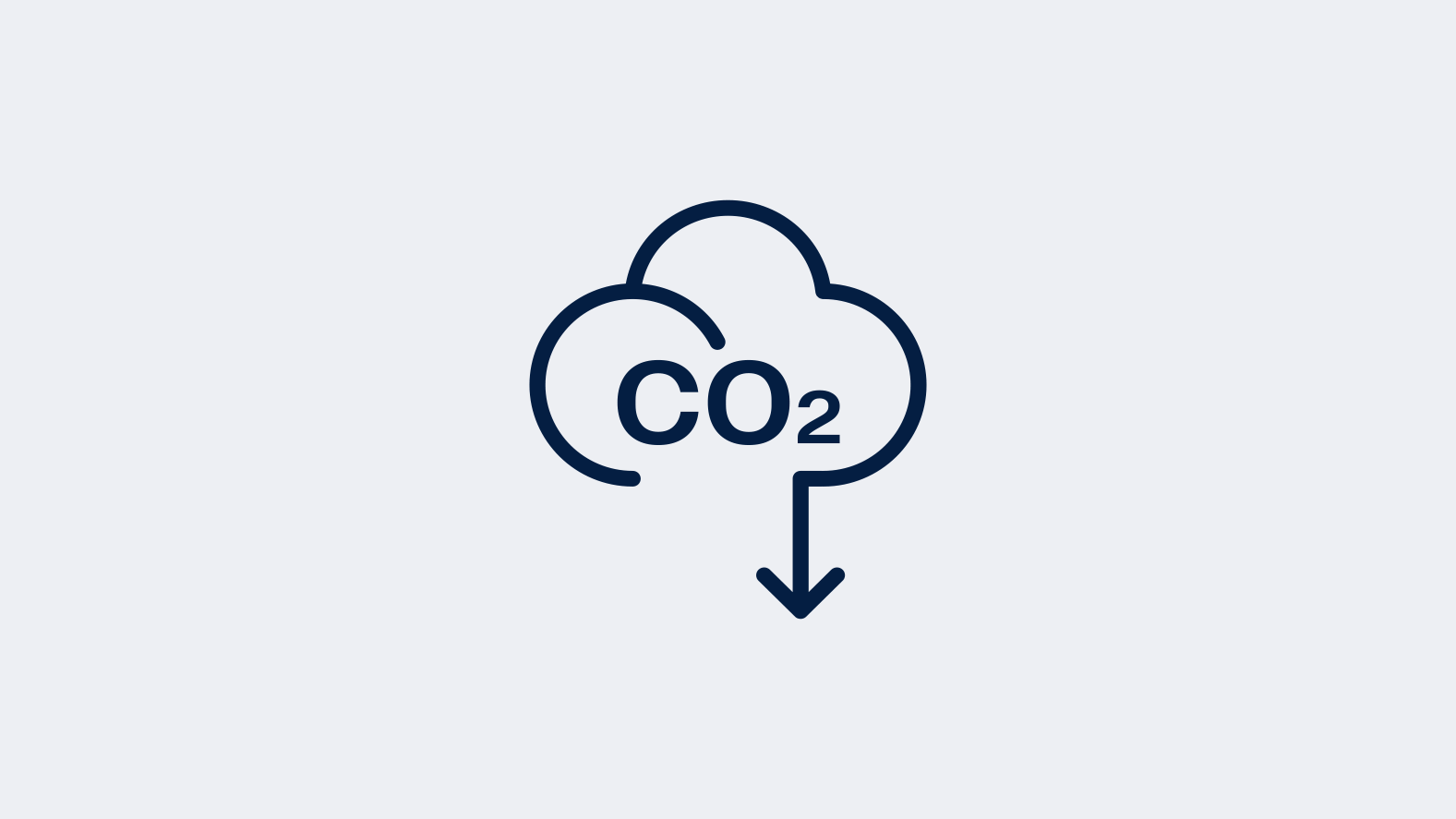A sustainable transport system
A sustainable transport system is one that meets the needs of planet, people and business. The shift to a sustainable transport system is underway and Scania is taking a leading role in driving it.
Transport is a major contributor of CO2 emissions, and is also responsible for air pollution, traffic congestion and road accidents. Also, the system is not inclusive – not everyone has access to efficient transport. We need a sustainable transport system: one that retains the benefits of transport and makes it accessible to more people, while reducing the negative impacts or avoiding them altogether, in line with the UN’s sustainable development goals.
The definition of a sustainable transport system
Inclusive
Transport should be accessible to all, including users for whom access to current transport systems may be restricted for any reason. Transport solutions should also be designed for equality of access when it comes to gender.
Safe
Transport should be safe not only for drivers and transport users but also all other road users, including pedestrians, cyclists and other road vehicles. The concept of safety should extend beyond physical safety and if a transport solution is either unsafe for certain groups to use, or perceived to be so, it is not accessible to all.
Decarbonised
For transport to be sustainable, it must be decarbonised by breaking its dependency on fossil fuels and switching to renewable energy sources. Decarbonising at the speed and scale required by the Paris Agreement demands rapid, widespread transport and energy infrastructure changes, requiring bold, coordinated action across the entire transport ecosystem.
Healthy and clean
Transport solutions should be clean and minimise harm to health. Less polluting vehicles contribute to a cleaner environment, with less nitrogen oxide, sulphur oxide and soot particles, particularly in urban areas. Sustainable transport can also contribute to mental health by alleviating stress and other conditions associated with traffic noise, congestion and overcrowding.
Efficient
Transport systems must evolve for productivity. End-to-end logistics still have waste. With better energy efficiency and real-time data, transport flows can be optimized. Routes planned and load capacity increased. Product and service specifications refined to minimize resources for moving goods and people.
Our sustainability focus areas
Scania is a global company working on five continents, with customers in more than 100 countries. Every day, our operations and products impact millions of people, both directly and indirectly. For Scania, being a responsible business means understanding and managing these impacts across every stage in our value chain, from the way we source materials all the way through to the end-of-life phase of our products.
Scania’s corporate focus areas for sustainability in the coming decade are defined by our social and environmental impact and in dialogue with our stakeholders.
As part of Scania’s business strategy, we have set three priority areas where we must deliver in order to operate sustainably in the future: decarbonisation, circular business and people sustainability.

Decarbonisation
Rapidly transitioning away from fossil fuels.
At Scania, we are convinced that our company, and the transport sector as a whole, can decarbonise in line with the aims of the Paris Agreement. We are committed to reducing emissions throughout the entire value chain and across all relevant scopes.
In 2020, we adopted science-based climate targets and became the first Original Equipment Manufacturer (OEM) in the heavy transport industry to do so .

Circularity
Optimising the use of resources and minimising waste throughout the product life cycle.
One of Scania’s core values Elimination of waste is a guiding star in our circularity endeavours. Many of Scania’s long-standing principles and methods support circularity, including our modular production system and lean production methodologies. However, to achieve our sustainability goals, we need to challenge the linear way of thinking and shift to a more circular, regenerative system.

People sustainability
Ensuring a just transition for people and society.
As a large, global company, our business operations have a significant impact on people and communities around the world. Acting with social responsibility is not just aligned with our core values, it is essential to our long-term success and resilience. This includes safeguarding human rights, health, wellbeing and safety of those affected by our business activities.
Road safety
At Scania, we design safer trucks and buses with advanced safety features, backed by generations of research.